The Damaging Effects of Orphanages on the Brain
Written by Michaela Kent
Read the article here
This page will be updated with ongoing and upcoming Science
Communication work.
The Dorsal Column is a quarterly publication sharing science
communication pieces related to brain research. Each issue features
articles written and reviewed by a team of graduate students and
postdoctoral fellows in affiliation with the Society of Neuroscience
Graduate Students at Western University.
Recent pieces
for the The Dorsal
Column:
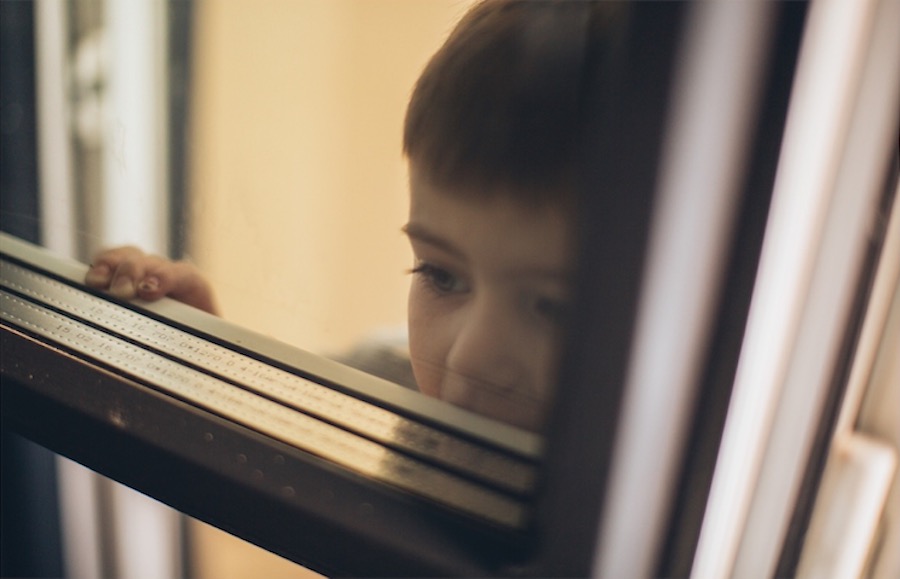
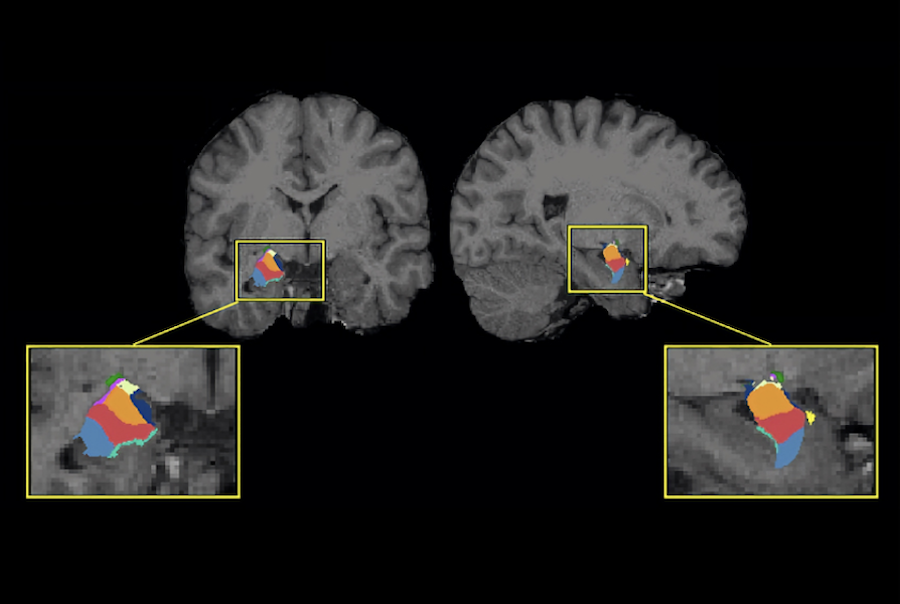
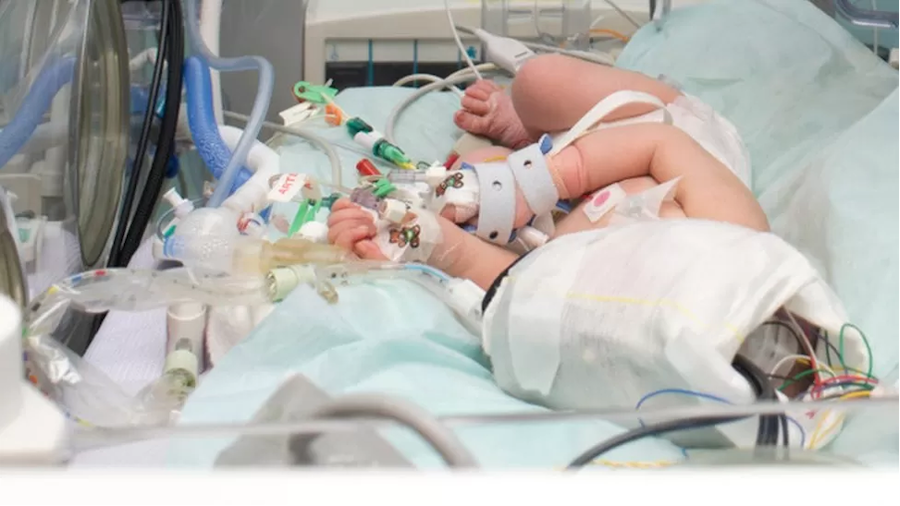
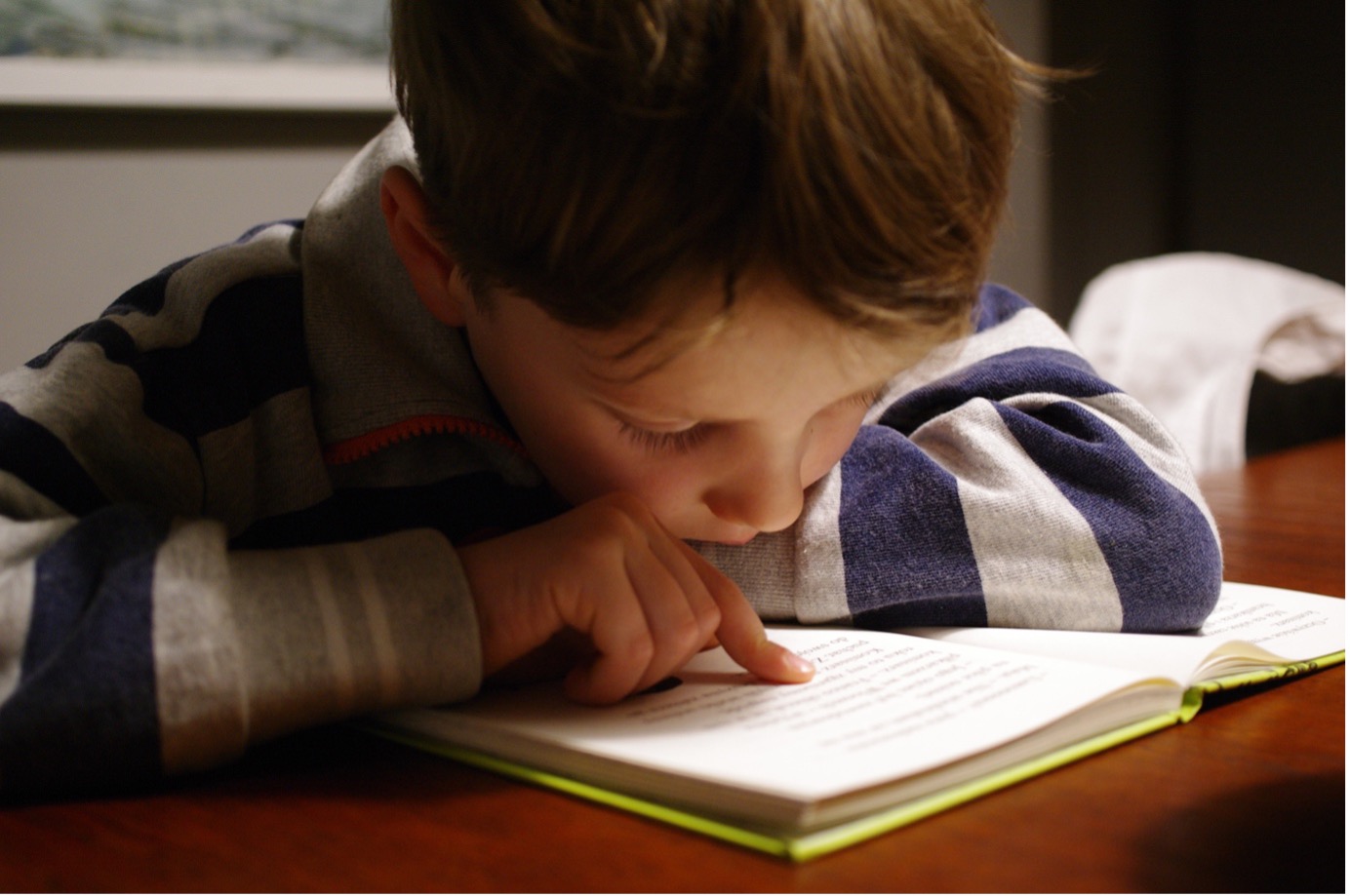
How do brain structure differences affect reading abilities?
Written by Michaela Kent
Read the article hereThe Developing Brain Lab were invited to discuss ongoing research on digital technology and the developing brain on CBC National News.
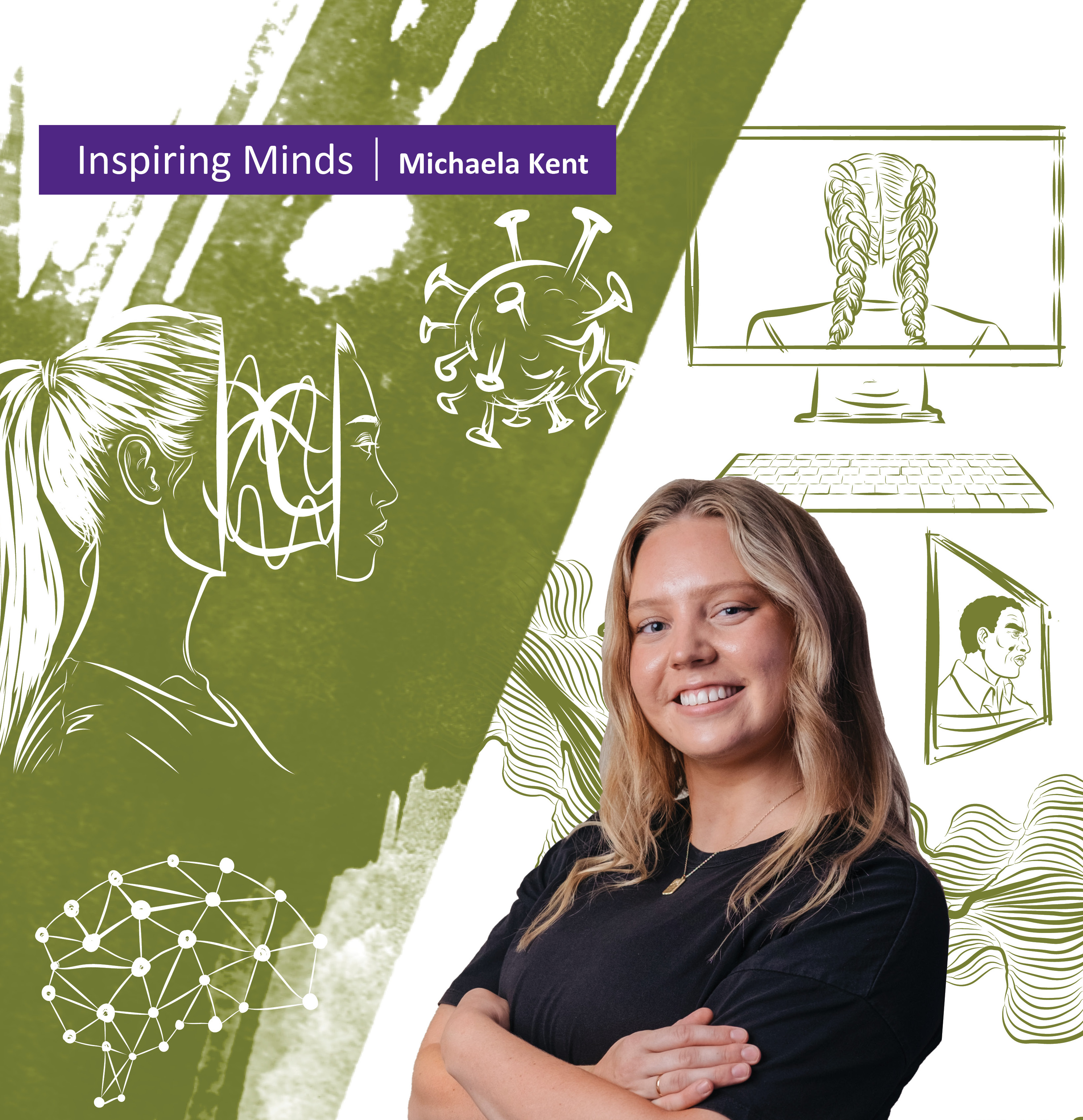
Michaela was selected to be featured in Western University’s Inspiring Minds showcase. Inspiring Minds seeks to broaden awareness and impact of graduate student research, while enhancing transferable skills.
Read about how Michaela’s work is using optical neuroimaging to understand social interactions here.
Michaela featured as a guest speaker on the podcast Brain Matter Chatter, a podcast that aims to raise awareness about issues surrounding mental health in academia. For more information or to hear other episodes, please visit their website here.
“In this episode, Michaela Kent, a PhD student in neuroscience, at Western University, joins Ruby and Julia for a discussion on Zoom fatigue. Michaela draws on her expertise in, and research on, virtual socialization to explain why Zoom fatigue leaves many of us feeling unmotivated and unfilled at the end of the day. As an international student, Michaela shares her experiences of being a ‘Zoom student’ in the midst of the pandemic.”Translating Mind into Matter
This was part of the Art-Science Collaboration hosted at Neuroscience Research Day, 2023.
This is a unique opportunity for Neuroscience researchers to pair up
with an artist and communicate their research through art. For more
information and to see other artwork submissions please visit the
website here.
Jessica Joyce is an MFA student in the Visual Arts Department at Western
University. She is a representational painter whose current focus rests
on autobiographical exploration of climate change and its link to mental
health. Her thesis work explores her own position as a white settler in
Canada through the language of self-portraiture. For this project she
will wear a neuroimaging cap constructed by Michaela while painting a
self-portrait, using a mirror to be able to work from direct
observation. For Jessica, this collaboration with Michaela is another
medium through which to study the process and product of painting in the
context of mental health. She knows how she feels when painting and is
curious to see how the story of Michaela’s data might enhance her
understanding of her own lived experiences. To complement the painting,
we used this collaboration as an opportunity to explore brain activity
underlying the introspective process of self-portraiture. Using brain
imaging techniques (functional near-infrared spectroscopy), Michaela
will create a map of the active brain regions during the session.
Near-infrared light is shone into the brain to measure blood flow,
giving an indication of brain activation. Michaela, a PhD student in the
Neuroscience program, uses this technique to study social interactions
and the developing brain. For this, she believes that face-to-face
communication is key and her research strives to allow neuroscience
research to occur in more naturalistic settings. The painting and brain
maps from the session were displayed side-by-side in order to
contextualize each other.
Artist: Jessica Joyce (Department of Visual Arts, Faculty of Arts & Humanities, Western University)
Scientist: Michaela Kent (Western Institute for Neuroscience, Schulich School of Medicine & Dentistry, Western University)
Human Connection
This image was created as part of the Art-Science Collaboration hosted at Neuroscience Research Day, 2022.

Functional near-infrared spectroscopy (fNIRS) is a type of optical neuroimaging that is becoming increasingly popular for studying human brain function. Near-infrared light is shone into the brain to measure blood flow, giving an indication of brain activation during different tasks or events. Its advantages over other techniques include that it allows for hyperscanning, or the simultaneous imaging of two people’s brains as they interact. This allows researchers to look at brain synchrony, often characterized by similar patterns of activity. This is represented in the artwork where lines appear to “connect” the brains, whilst also being representative of the physical fNIRS set up. Michaela, a PhD student in the Neuroscience program, uses fNIRS to study social interactions and the developing brain. For this, she believes that face-to-face communication is key and her research strives to allow neuroscience research to occur in more naturalistic settings. Bringing together art and neuroscience, Audra has created a piece that highlights some key aspects of brain research. The piece was inspired by the process of communication and how we interact with one another. Using images and references from Michaela’s research, Audra was able to source inspiration for a piece that represents human connection.
Artist: Audra Bartel (Department of Visual Arts, Faculty of Arts & Humanities, Western University)
Scientist: Michaela Kent (Western Institute for Neuroscience, Schulich School of Medicine & Dentistry, Western University)